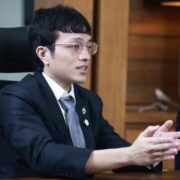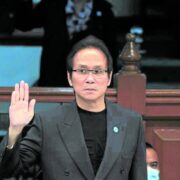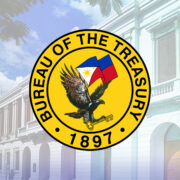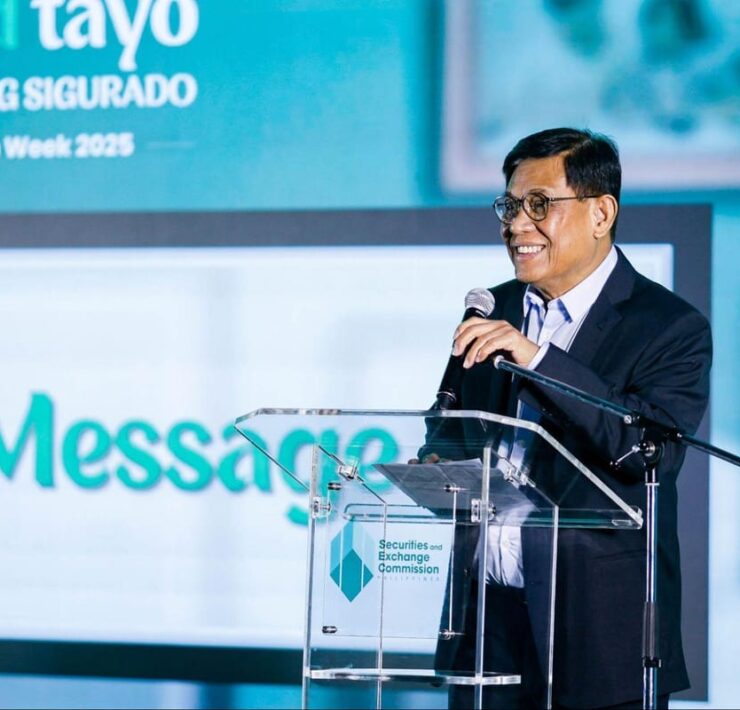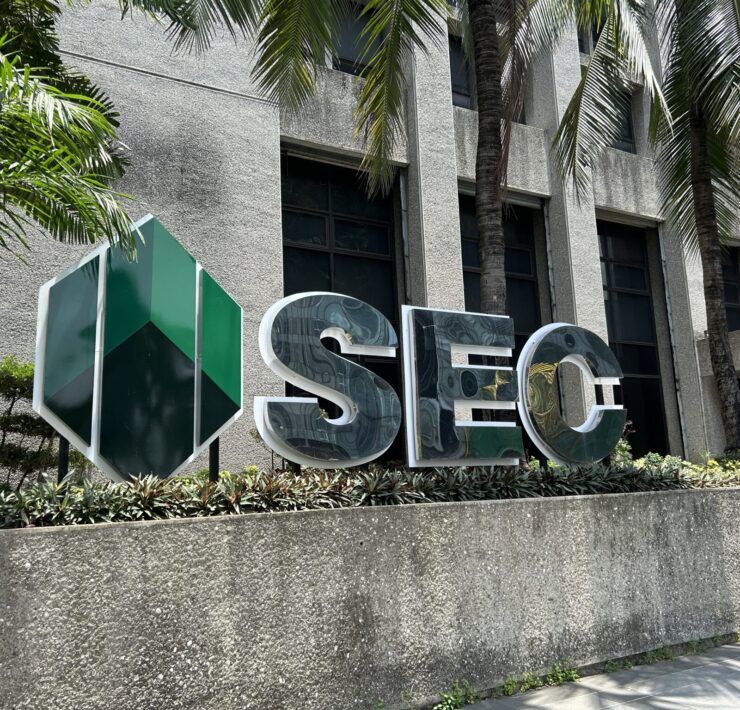Learning from Stories of School Innovation
It’s been more than two decades since I started working with schools and educators of various shapes and sizes. Engaging with them using the lens of a classroom teacher has enabled me to appreciate the relationship between and among education, schooling, and learning. When I assumed supervisory and administrative functions, I started questioning the ways by which we frame each of them. It’s been an exciting problematization exercise so far.
For the most part of my journey, it’s listening intently to stories of personal and institutional adaptations to educational change that has been most meaningful. The happy ones affirm the fact that being part of the education sector is indeed a noble mission. The sad ones, meanwhile, sharpen the “it’s-a-thankless-job” perspective that has often been associated with the work of educators. But there is that important (and lengthy!) distance between the two ends of school transformation narratives.
In that space of discovery, I have often wandered with the suspension of disbelief. For instance, the science department of one school has retained educational magazines to supplement textbooks even if parents have strongly argued they were a “waste of money”. Then the number of its graduates making it to university STEM programs started to increase. It could probably have been due to the magazines. But I think it’s possibly due to the enhanced mentoring using supplementary resources.
In another school, the volume of performance tasks has become a perennial problem. To address the issue, I showed teachers how a single integrated performance task that cuts across areas may be designed. I couldn’t forget the eyebrows raised to the ceiling during the process. Five years after, all other schools within the area, well, became copycats. But the first mover advantage translating to better enrollment for the first school continued.
Just when the resumption of in-person learning was given the green light, the academic team of another school decided to terminate its subscription to a learning management system (LMS). They believed there was no reason to retain it. Eventually, the school had lost a considerable number of its students to the neighboring competitor school that had shifted to a hybrid learning provision. They continued using their LMS during the two offsite asynchronous days in a week. The first school illustrates the painful reality that circumstantially progressive but essentially regressive schools exist.
Such narratives illustrate how Jamais Cascio’s framework may be understood better in educational settings. As a notable futurist, he underscores the perspective shift from the VUCA (volatile, uncertain, complex, ambiguous) world to what he calls the BANI (brittle, anxious, non-linear, incomprehensible) world. This shift yields more necessary adaptations fueled by a number of enduring human values.
In the BANI world, school innovation is not just a preferred mindset driven by a few people. It has to become every education stakeholder’s disposition and habit that gradually matures into a shared institutional culture. That’s a much better way towards school survival and sustainability. Every school must weave that narrative, especially during these trying times.





